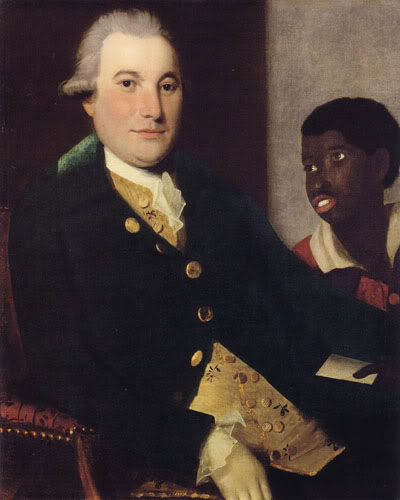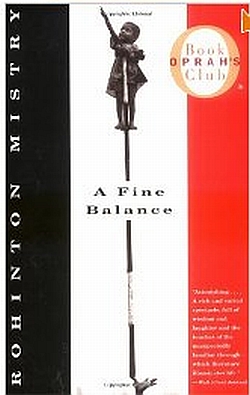Perhaps you noticed back in 2008, that without any conversation, discussion or vote, Obama and our elitist congress threw U.S. citizens under the bus. In a big rush they unilaterally decided that WE – U.S. taxpayers – should bail out the high risk investments and fraud of the Too-Big-To-Fail-Banks.
Perhaps you’ve noticed that now you and I are paying for this. How so? Look around. Prices are climbing everywhere you look. Canned goods, fresh produce, dairy and meat – all significantly higher. Clothing items that used to be priced $39 – $59 just two years ago are not $59 – $79. These are HUGE price increases. Health care costs and health insurance costs continue to climb into the stratosphere. Our dollar is worth far less after creating unaccounted for trillions for the banks. You and I – and especially the poor – are paying for this fiasco. Why?
Perhaps you’ve noticed that the inflation index isn’t reflecting the reality of consumer prices. Why not? Because this “basket of consumer goods” doesn’t reflect actual shopping habits of ordinary people. Who benefits from this?
Perhaps you’ve noticed that one item that hasn’t gone up in price but has plummeted in price – your house. That’s because the Too-Big-To-Fail-Banks engineered a housing bubble by loaning Too-Big-To-Pay mortgages designed to fail, so these same banks could make money hedging against (i.e. profit from) these mortgages designed to fail, then collect additional fees by foreclosing. Plus these same mortgage banking elites couldn’t be bothered to register your mortgage title with the county or pay the cost of the title registration. So now, in most cases, the bank doesn’t have clear title and therefore neither do you!
Perhaps you’ve noticed that this is a crazy way to run a government, a financial industry, a country?
Perhaps you’ve noticed that the austerity (i.e. paying for bank fraud) forced upon us by these elites is the same as the austerity being resisted by citizens in Spain, Ireland, Portugal, Italy and Greece? We’re all in the same boat, baby. And just like the Italian cruise ship – the banking captains and elites are abandoning ship first, with the lifeboats.
You may also like Home Prices Free-Fall, “It Takes a Pillage” and Financial and Economic Crisis and Accident? Think Again.



